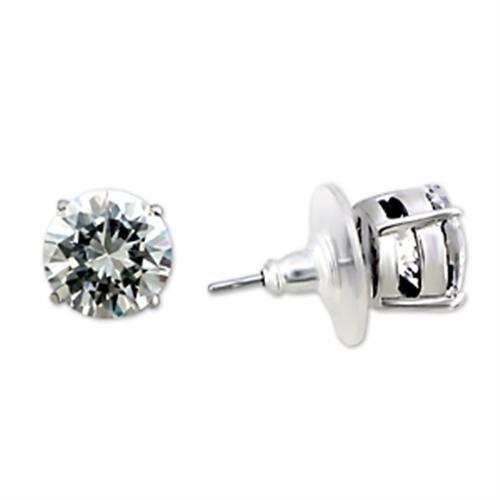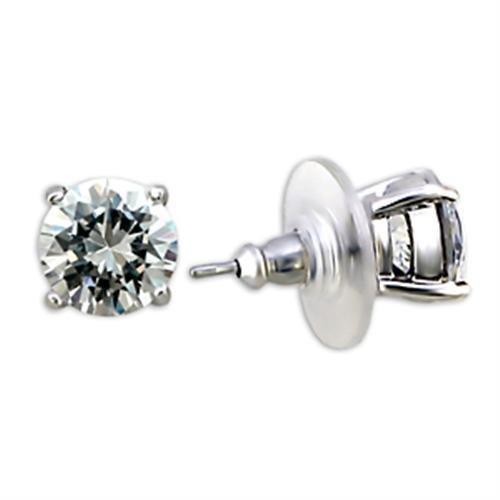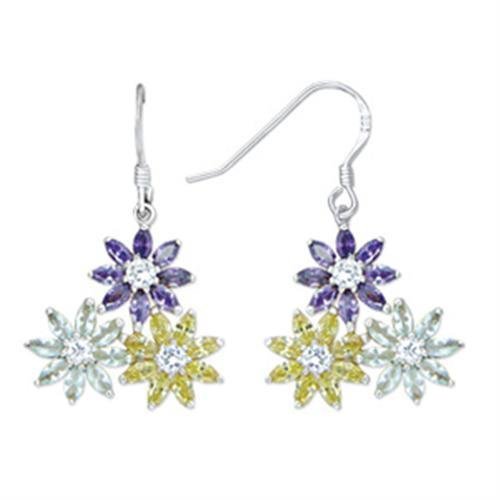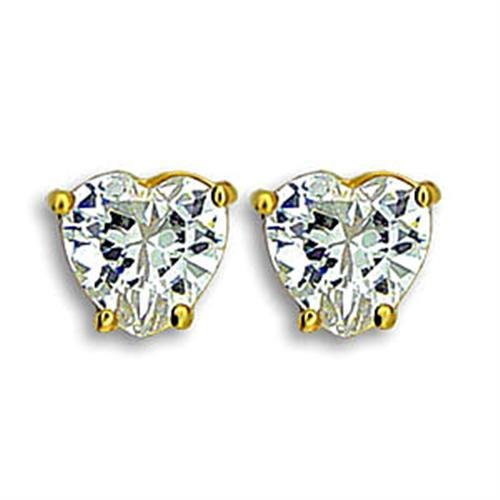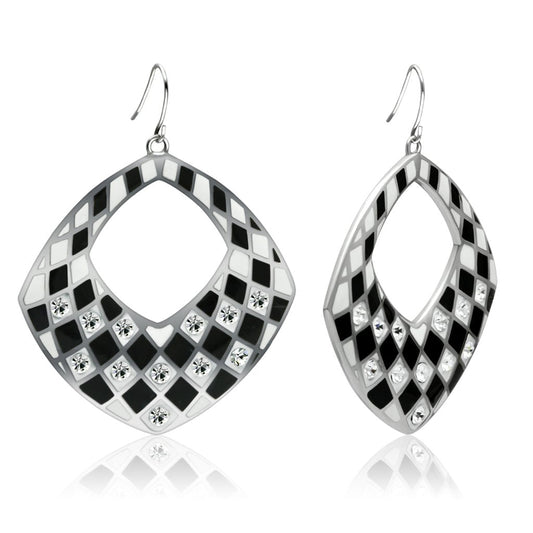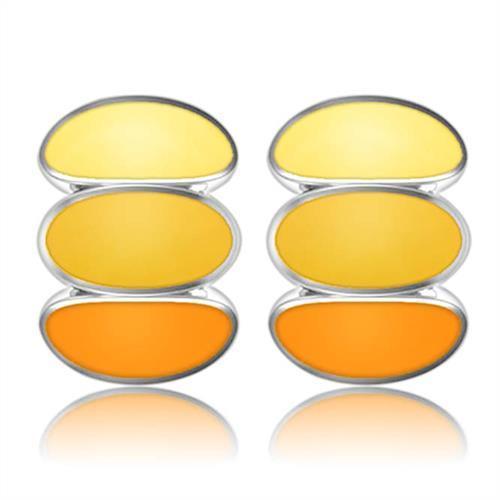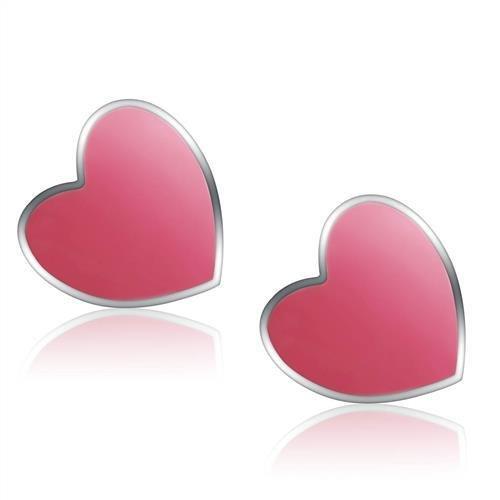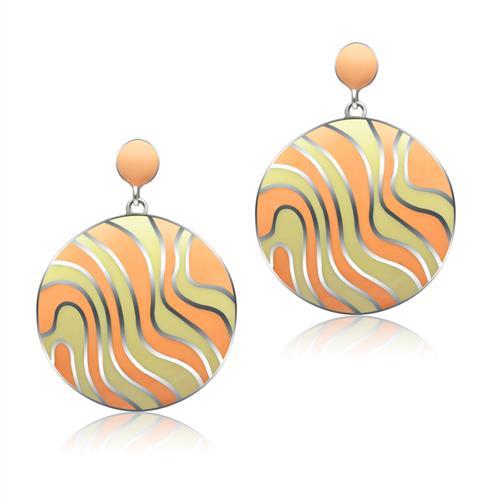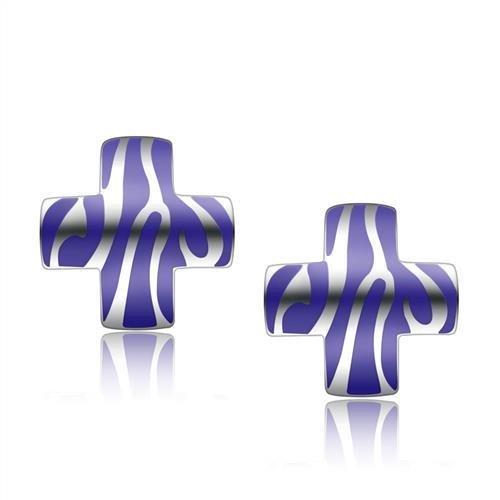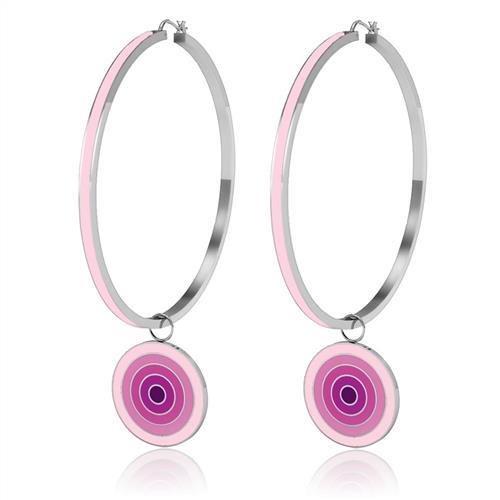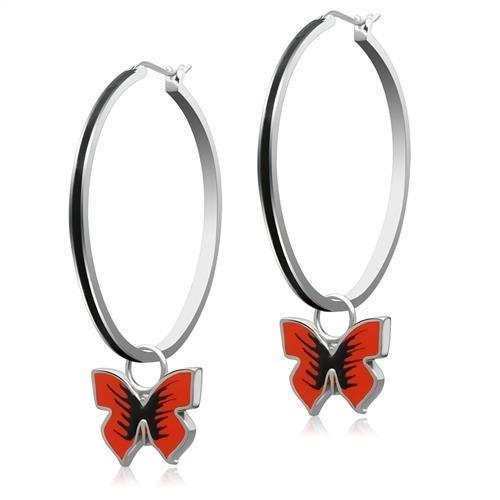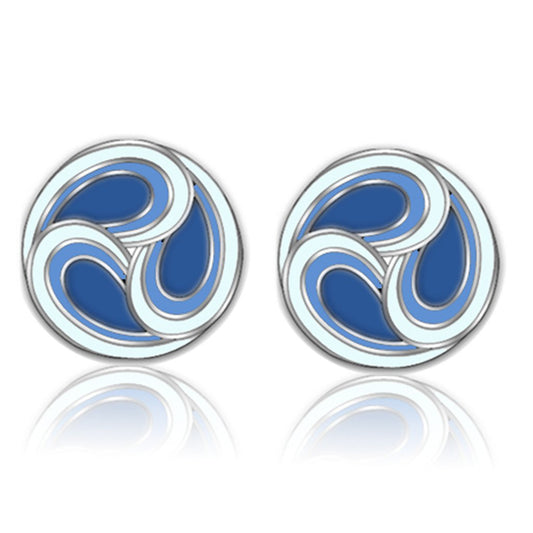In the world of jewelry, gold stands out for its timeless elegance and inherent value, making it a sought-after possession. However, the pressing question often arises: "How do I tell if my gold is real gold?" This comprehensive article aims to unravel the mystery of gold authentication, offering a blend of traditional and modern methods to ensure the genuineness of your precious gold pieces. From simple home tests to advanced professional assessments, we cover a spectrum of techniques to validate the authenticity of gold, ensuring that your treasures from Precious Pulse Jewelry are indeed the valuable assets they are meant to be.
Table of Contents
- Understanding Gold Authenticity
- DIY Gold Testing Methods
- Advanced Techniques for Verifying Gold Authenticity
- Practical Tips for Gold Care and Purchase
- The Emotional and Cultural Significance of Gold
- Building and Maintaining Your Gold Collection
- FAQ: Verifying the Authenticity of Gold
Understanding Gold Authenticity
Real gold possesses certain characteristics that set it apart from its less valuable counterparts. Its density, non-reactivity to magnets, and resistance to discoloration are key indicators of its authenticity. By incorporating these tests, you can start to discern the real from the faux.
The Weight of Gold
One of the simplest methods to test gold's authenticity is by its weight. Gold is notably dense. When placed in water, genuine gold items, such as those from our bracelet collection, will sink due to their high density. In contrast, counterfeit pieces may float or hover, revealing their lack of genuine gold content.
Visual Inspection
Inspecting your gold for hallmarks is a straightforward approach. Authentic gold items often bear hallmarks that indicate their purity, such as "14K" or "18K". These markings, however, can be forged, so it's wise to look for signs of wear or discoloration, particularly in areas that come into frequent contact with skin or other objects. Genuine gold should not exhibit significant discoloration, even when wet.
The Magnet Test
Gold's non-magnetic nature provides a quick and easy test. By bringing a magnet close to your gold item, you can observe its reaction. Real gold, such as the pieces found in our necklace collection, will not be attracted to the magnet. If there's a magnetic pull, it's likely that the item is not pure gold.
DIY Gold Testing Methods
For those who prefer hands-on verification, several DIY tests can be performed at home. These include the vinegar test, scratch test, and ceramic scratch test. Each of these methods offers a way to further investigate the purity of your gold.
The Vinegar Test
A simple household item like vinegar can help test gold's authenticity. By applying a few drops of vinegar to your gold, such as a piece from our earring collection, you can observe its reaction. Real gold will remain unchanged, while non-gold metals will react and possibly change color.
The Scratch Test
Using an unglazed ceramic plate, you can gently scratch your gold item across its surface. A real gold piece will leave a gold streak, while a fake one will leave a black streak. This test should be done with caution to avoid damaging your jewelry.
Advanced Techniques for Verifying Gold Authenticity
Nitric Acid Test
The nitric acid test is a more invasive but accurate method to test gold. It involves applying a small drop of nitric acid to a discreet area of your gold item. Real gold will show no reaction, while non-gold metals will react by changing color or fizzing. This test should be performed with caution and ideally by professionals to avoid damage to your jewelry or harm to yourself.
The Touchstone Method
The touchstone method is an ancient technique still used by jewelers today. It involves rubbing your gold against a black touchstone, which leaves a streak of gold on the stone. Different strengths of nitric acid are then applied to the streak. The way the streak reacts to the acid helps determine the gold's karat purity. This test is non-destructive to your jewelry and provides valuable information about the gold's purity.
Expert Verification
Sometimes, the best course of action is to seek the expertise of a professional. Jewelers and certified appraisers have the tools and knowledge to accurately assess the authenticity and quality of your gold. They can perform a range of tests, from electronic testing to alloy analysis, providing you with a detailed report on your item's purity and value.
Practical Tips for Gold Care and Purchase
Owning gold jewelry is not just about verifying its authenticity; it's also about proper care and making informed purchasing decisions. Here are some practical tips to keep in mind:
-
Regular Cleaning: Keep your gold jewelry clean and free from tarnish by regularly cleaning it with a soft cloth and appropriate cleaning solutions. This not only maintains its luster but also allows for easier observation of any wear or discoloration that might indicate issues with purity.
-
Mindful Storage: Store your gold pieces, such as those from our ring collection, separately in a lined jewelry box or pouch to prevent scratching and tangling.
-
Informed Purchasing: When buying gold, always purchase from reputable dealers like Precious Pulse Jewelry. Look for pieces with clear hallmarking and ask for a certificate of authenticity when available.
Incorporating Gold into Your Style
Gold jewelry is versatile and can elevate any outfit. Whether you prefer the subtle elegance of bangles or the statement piece of a brooch, incorporating gold into your wardrobe is a testament to your timeless style and discerning taste.
The Emotional and Cultural Significance of Gold
Gold is more than just a valuable metal; it carries deep emotional and cultural significance. Across civilizations and through the ages, gold has symbolized wealth, purity, and achievement. It's a central element in rituals, ceremonies, and milestones, from wedding bands symbolizing eternal love to gold medals representing pinnacle achievements. Understanding this deeper significance can enhance the appreciation for each piece in your collection, making the authenticity of your gold even more crucial.
Gold in Modern Fashion and Sustainability
In contemporary fashion, gold continues to be a symbol of sophistication and style. However, the modern consumer also values sustainability and ethical sourcing. When adding new pieces to your collection, consider the source of the gold. Ethical brands like Precious Pulse Jewelry prioritize responsible sourcing, ensuring that your beautiful pieces are not only authentic but also align with sustainable practices.
The Future of Gold Jewelry
As technology advances, so do the methods of crafting and verifying gold jewelry. Innovations in 3D printing, laser engraving, and sustainable mining are shaping the future of gold jewelry, making it more accessible, customizable, and environmentally friendly. Staying informed about these trends can help you make conscious choices that reflect both your style and your values.
The Role of Technology in Gold Verification
Technology also plays a crucial role in gold verification. Advanced devices can now measure the metal's electrical conductivity, analyze its composition, and even provide 3D imaging to assess internal structures. These non-invasive techniques offer peace of mind without risking damage to precious items.
Building and Maintaining Your Gold Collection
Building a gold jewelry collection is a journey that combines personal taste, investment, and heritage. Each piece tells a story and reflects a moment in time. To maintain the value and beauty of your collection:
-
Document Your Collection: Keep detailed records of your gold pieces, including purchase receipts, authenticity certificates, and appraisal reports. This documentation is invaluable for insurance purposes and for passing down heirlooms.
-
Regular Appraisals: The value of gold fluctuates with market conditions. Regular appraisals ensure that your collection is adequately insured and that you are aware of its current market value.
-
Professional Care: While many care and verification methods can be performed at home, professional cleaning, repair, and verification services can extend the life and beauty of your gold jewelry.
Conclusion
Gold jewelry is an embodiment of beauty, value, and history. Verifying the authenticity of your gold ensures that you are investing in pieces that carry the true essence of what gold represents. From the weight and hallmark tests to advanced technological methods and expert verification, there are numerous ways to confirm the authenticity of your gold. As you build and maintain your collection, remember that each piece is not just an adornment but a link to the past, a mark of the present, and an investment in the future. Cherish your gold jewelry, not just for its material value but for the stories and significance it holds.
FAQ: Verifying the Authenticity of Gold
-
1. Can I use a regular household magnet for the magnet test?
Yes, a regular household magnet can be used for the magnet test. Real gold is not magnetic, so if your jewelry is attracted to the magnet, it's likely not pure gold.
2. How can I perform the vinegar test without damaging my jewelry?
Apply a small drop of white vinegar to a less noticeable part of your jewelry. If it's real gold, there will be no reaction. Rinse the vinegar off thoroughly with water afterward.
3. Is the scratch test safe for my gold jewelry?
The scratch test can potentially damage your jewelry, especially if it's a softer, higher-karat gold. If you're concerned about damage, consider using less invasive tests or consulting a professional.
4. What should I do if my gold jewelry fails one of the home tests?
If your gold jewelry fails a home test, it's a good idea to have it professionally tested by a jeweler or appraiser for a more accurate assessment.
5. Can gold plating pass these authenticity tests?
Gold plating can sometimes pass superficial tests, like the magnet test, but more thorough tests, like the acid test or professional appraisal, will reveal the true nature of the metal underneath.
6. How often should I have my gold jewelry appraised?
It's recommended to have valuable gold jewelry appraised every 2-3 years, as market values can fluctuate and affect the insurance value of your pieces.
7. Are there any tests to determine the karat of gold?
Yes, the touchstone method is one way to estimate the karat of gold. However, for an accurate determination, it's best to consult a professional who can perform more precise tests.
8. Can the color of gold indicate its authenticity?
While the color of gold can provide some clues (for example, real gold has a soft yellow hue), it's not a reliable test on its own since many factors can affect the color of gold, including alloy composition and plating.
9. What does it mean if my skin turns green when wearing gold jewelry?
If your skin turns green, it could indicate that the gold is not pure or that it's gold-plated, allowing other metals to react with your skin. Pure gold typically does not cause skin discoloration.
10. Are there any mobile apps or gadgets that can test gold authenticity?
There are gadgets designed for testing the authenticity of gold, such as electronic gold testers. These devices measure properties like conductivity to gauge the purity of gold. While some apps claim to assist in testing gold, their accuracy may not be reliable compared to physical testing methods and professional assessments.


